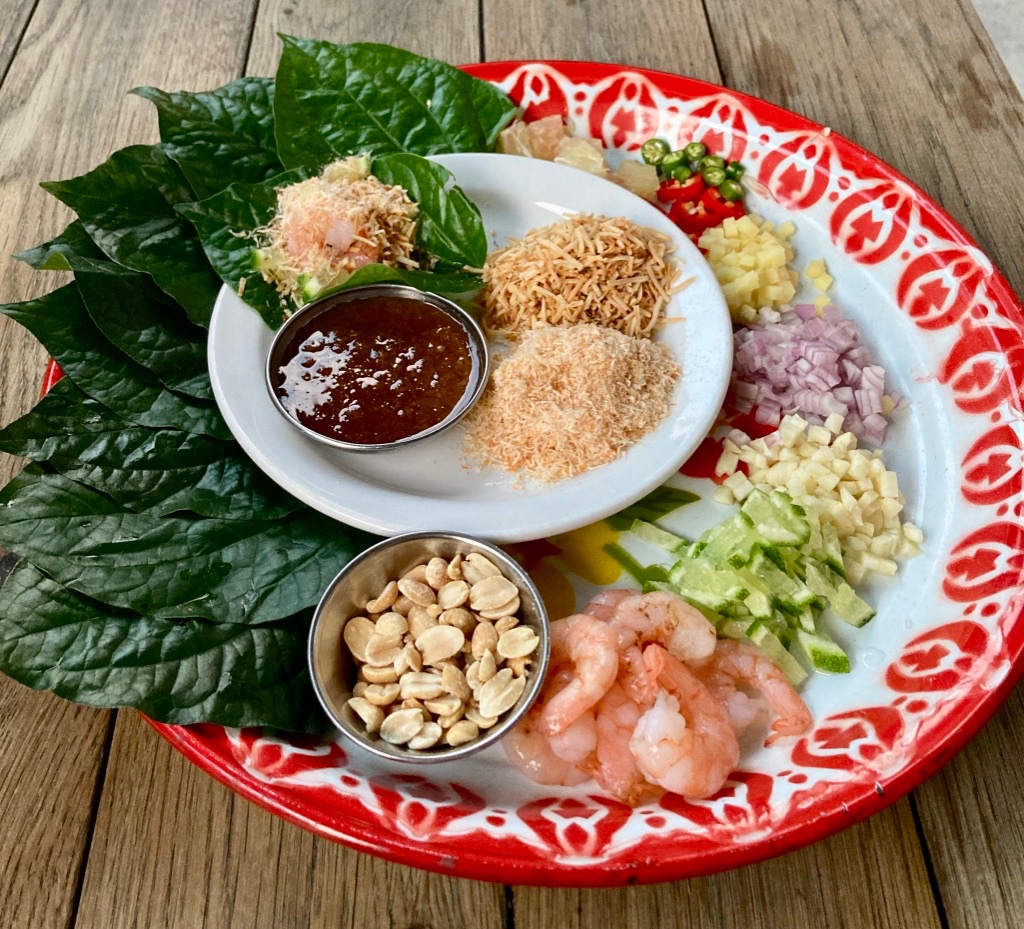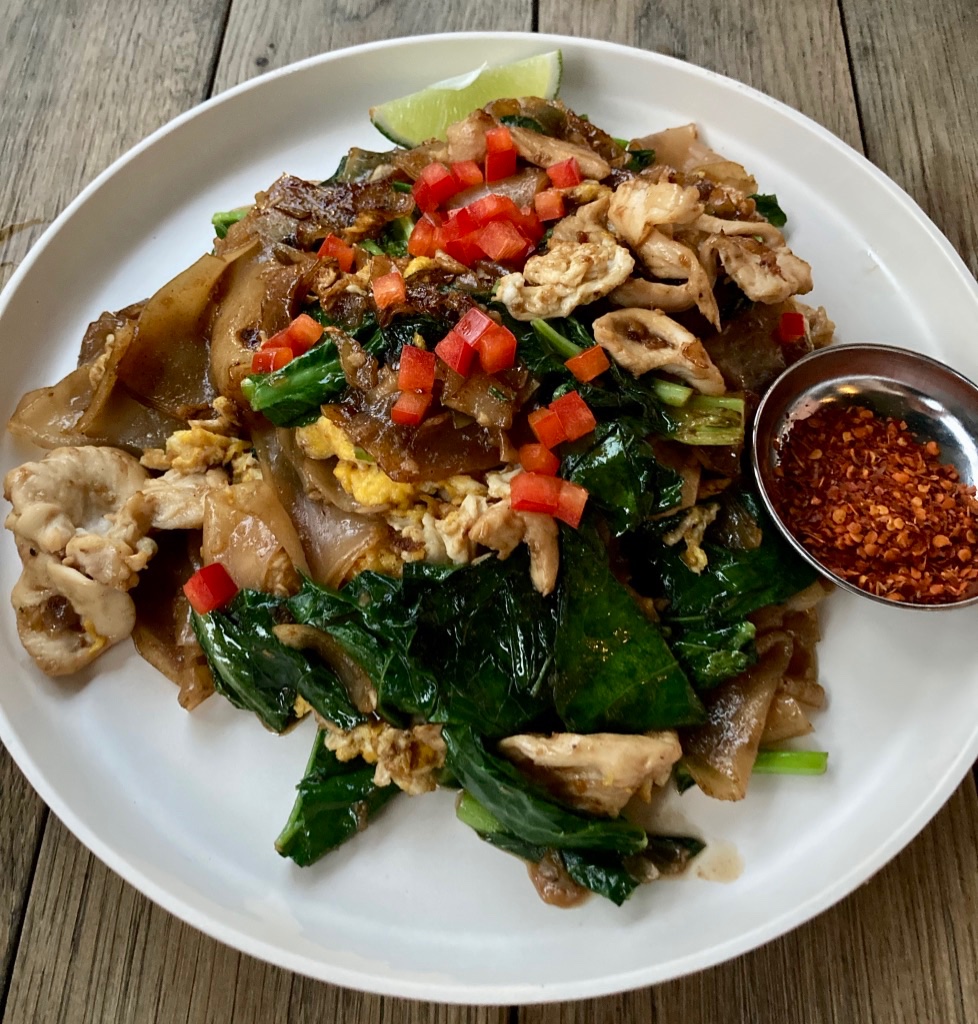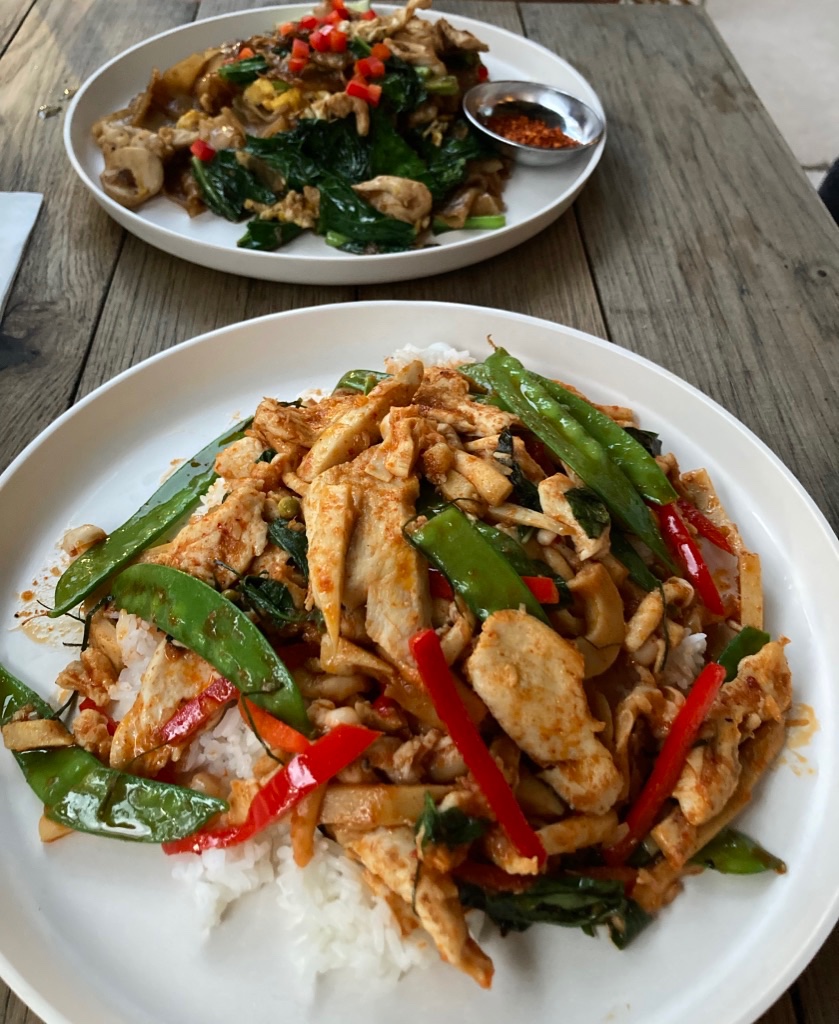The Ontario-Quebec border opened just in time for my WSET Level 3 Sake exam. The two-part exam includes a 30-minute tasting component and a 1h45min written component, and while the course itself had been online (thanks so much to Metropolitan Premium Wines and Sakes for coordinating the mixed case delivery for the weekly tastings), the exam had to be in person.
That’s why it was pushed back a couple weeks, in the hopes that the strictest lockdown rules would lift and all the students would be able to attend. Fortunately, the border opened two days before I left Montreal, which meant I got to spend a whole day in a downtown hotel room for our final tasting workshop (which still couldn’t be in person for COVID reasons) and the shlep around the city on Friday and Saturday night (and Saturday morning, which was important, as you’ll read below) before my exam on Sunday.
Toronto felt…weird. I used to live there. And the city in summer is usually packed with visitors and festivals. While patios were open, restaurant dining rooms weren’t, and since Montreal had already loosened up some of those rules, it felt like going back in time a bit. The novelty of staying in a hotel during the pandemic lasted throughout the trip. All that meant was that the hotel was pretty quiet and affordable.
The rule that patios could be open, though, meant that they were packed. So it took an hour and a half to get a table at PAI Northern Thai Kitchen, which I’d been wanting to try for years. Nuit Regular’s restaurants are always excellent, and this was a schooling in Thai cuisine far beyond her exceptional pad thai. I could have gotten takeout without a wait, but the one dish I really wanted was eat-in only and only available after 4pm.
And it was worth it:

I’d eaten this kind of DIY pomelo salad dish in Bangkok and loved it. PAI’s version was more elaborate, with shrimp and perfectly diced garlic and ginger. Those were truly some amazing kitchen knife skills on the ginger (the darker yellow above the shallots). The betel leaves were dark and tender, without the fresh bitterness I remembered from Bangkok, but that might have just been covered (balanced) by the sticky-sweet dipping sauce. You just wrap a little bit of everything in the betel leaves and dip them in the sauce. Simple, healthy, tasty.
But my favourite dish of the meal was actually a wide rice noodle dish similar to pad thai, but the best pad thai:


Because I’m gluten free, I have no idea if I got the normal pad see ew, or if it ended up being a pad thai but with wider noodles and Chinese broccoli. but honestly I don’t care, and those wide noodles made all the difference. After a quick stir-fry in the wok, they’d absorbed the perfectly sweet-and-sour sauce and oil, so you just want to slurp up those tender and chewy noodles like the best pappardelle.
I also tried the Pad Phet Chicken:

This one was pretty one-flavour, but I really liked the generous serving of chicken and how the chili paste soaked into the rice, plus the occasional hit of Thai basil. The pad see ew was the definite winner for me, though. That might have more to do with the fact that I can rarely eat delicious noodles in restaurants, though.
Though completely stuffed, I had to try the sorbetto at Mizzica Gelateria. I also cheated and sampled a few real gelati (holy…the pistacchio tasted like pure nuts. I haven’t tasted that since my days at Modernist Cuisine Kitchen). The strawberry was delicious, too, though. And I walked to all my favourite neighbourhoods for a couple hours and went home and passed out early enough to wake up in time for the St. Lawrence Market farmers market before my class.
Unfortunately, it had rained a lot recently, so all the strawberries tasted pretty watery, and the peas I tasted were picked a bit far in advance (or maybe it was the heat), so they were starchy and not juicy and sweet. But just being there again and seeing the market alive despite the lockdown was inspiring. I love that place so much. I did buy my four bottles of Dijon from Kozlik’s Mustards, though, as always (such a better price and variety than what I can get from the company in Montreal).
Then I went back to my hotel room and tasted (and spat out) 21 kinds of sake (all too sweet for me these days!) and then went for dinner at a CINCO Mexican restaurant in Roncesvalles. Even with an extra order of paprika-tinged fried potatoes, my DIY soft tacos with a 1/2 rotisserie chicken cost half of what I paid the night before, but there was no comparison, despite the lovely blue corn tortillas and salty and delicious house salsa. I lucked into a patio table just after some rain, had a great meal and then headed back downtown for more walking and a less successful (but longer) gelato hunt in the financial and entertainment districts.
Then I studied.
Then I wrote my exam the next day. I hopefully passed. It’d be awfully embarrassing if I didn’t, now that I’ve told you all about it. Want to know about koji production? I know a lot about that. Low-foaming yeasts? Check. How ginjo aromas are produced? The 5 main types of rice used? The different kinds of sake presses? I hope I don’t forget it all. Guess I’ll have to keep drinking a lot of sake. And studying. There’s always more to learn.
Leave a Reply